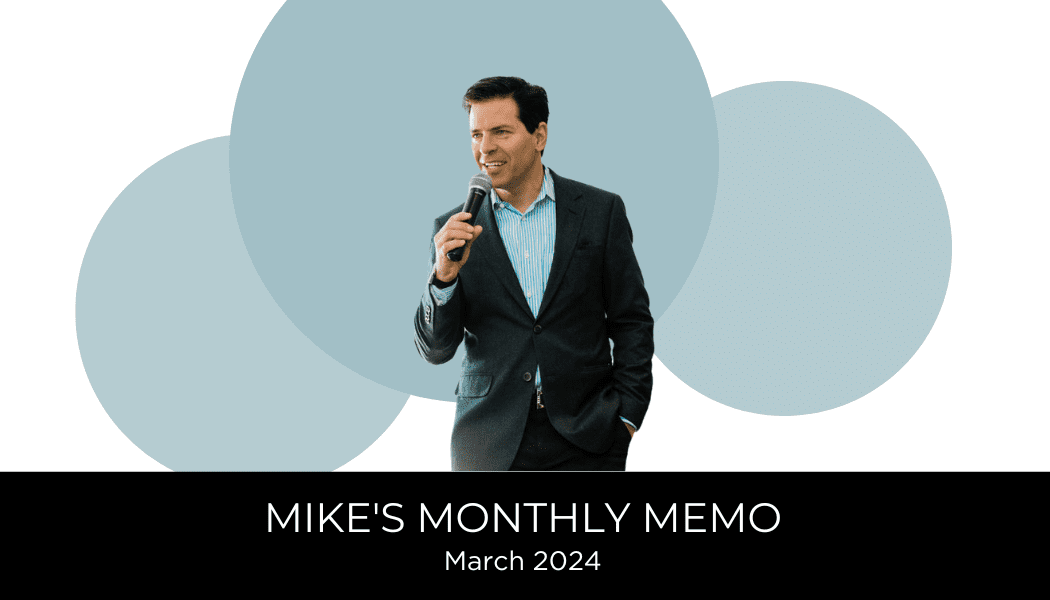
Greater Toronto home prices are still in decline, but an economist with one of Canada’s biggest banks suggests the end of price drops is quickly approaching.
“We maintain that fundamental supply-demand factors are very strong in the GTA, and should contain the price declines very soon,” writes BMO Senior Economist Robert Kavcic in a response to the latest home sales data from the Canadian Real Estate Association.
According to the national association’s numbers published on Dec. 14, the benchmark price of a Greater Toronto home in November was $744,700, down 0.41 per cent from the previous month and 8.79 per cent off from half a year ago.
However, Kavcic notes the benchmark price of a GTA home remains up about 8.4 per cent compared to a year ago. “The weakness is concentrated in the single-detached market, with condo prices now fully stabilized,” he adds.
As well, the most recent monthly sale declines are smaller than in previous months, a possible sign of ensuing recovery.
“Toronto home sales were down ‘only’ 13.7% from year-ago levels in November, much improved from declines as deep as 40% y/y during the summer,” Kavcic states.
In all, the Toronto Real Estate Board reports 7,374 homes changed hands via its MLS system last month, an increase from 7,118 transactions in October.
“Where does this market go now?” Kavcic asks. Two factors will likely discourage the parabolic price growth seen earlier this year, he suggests.
“Recent Bank of Canada rate hikes and coming OSFI (Office of the Superintendent of Financial Institutions) measures should prevent speculative froth from building again, and prices can return to rising at a reasonable pace again for the remainder of the cycle,” he explains.
While the Bank of Canada’s 25-basis-point hikes to the overnight rate, which impacts private mortgage rates, occurred in July and September, respectively, new rules backed by OSFI, an independent Canadian government watchdog targeting the country’s financial sector, won’t take effect until January 2018.
Among these changes, all applicants for uninsured mortgages will have to qualify at a rate that is above the Bank of Canada’s five-year benchmark rate or 2 per cent higher than the actual contractual rate, whichever is greater.
Photo Credit: Flickr user Murray Foubister




